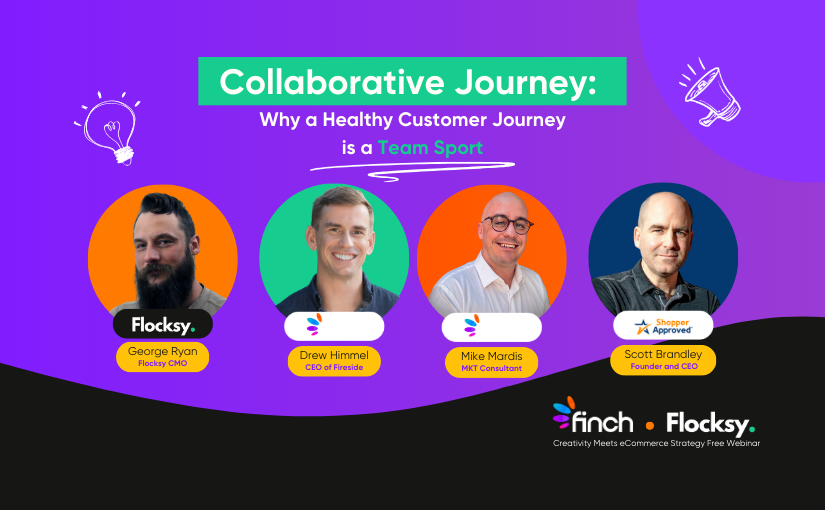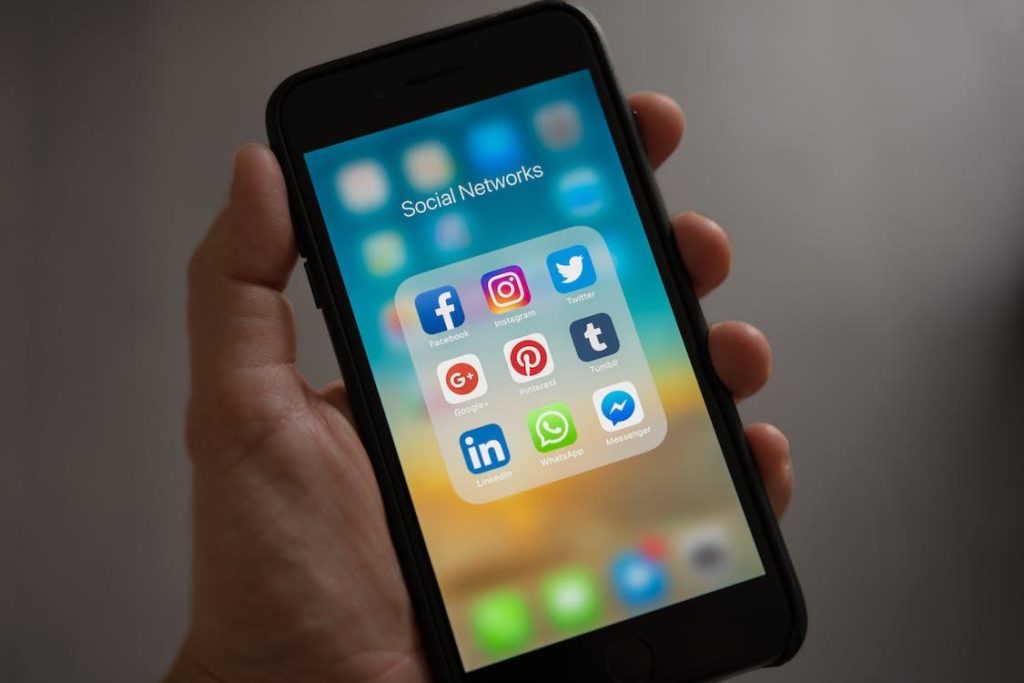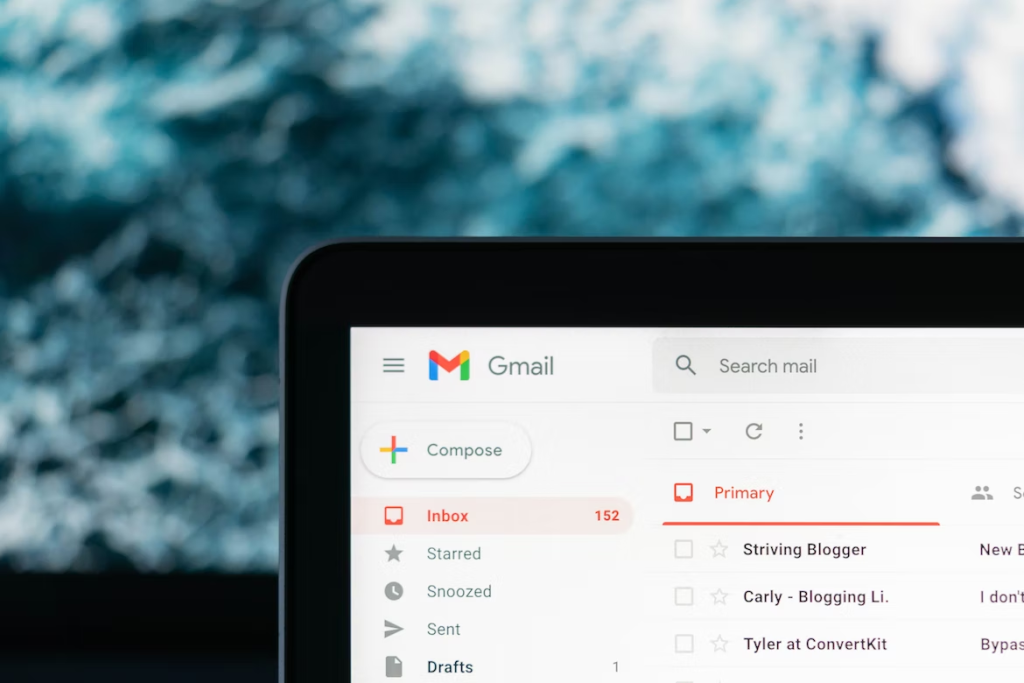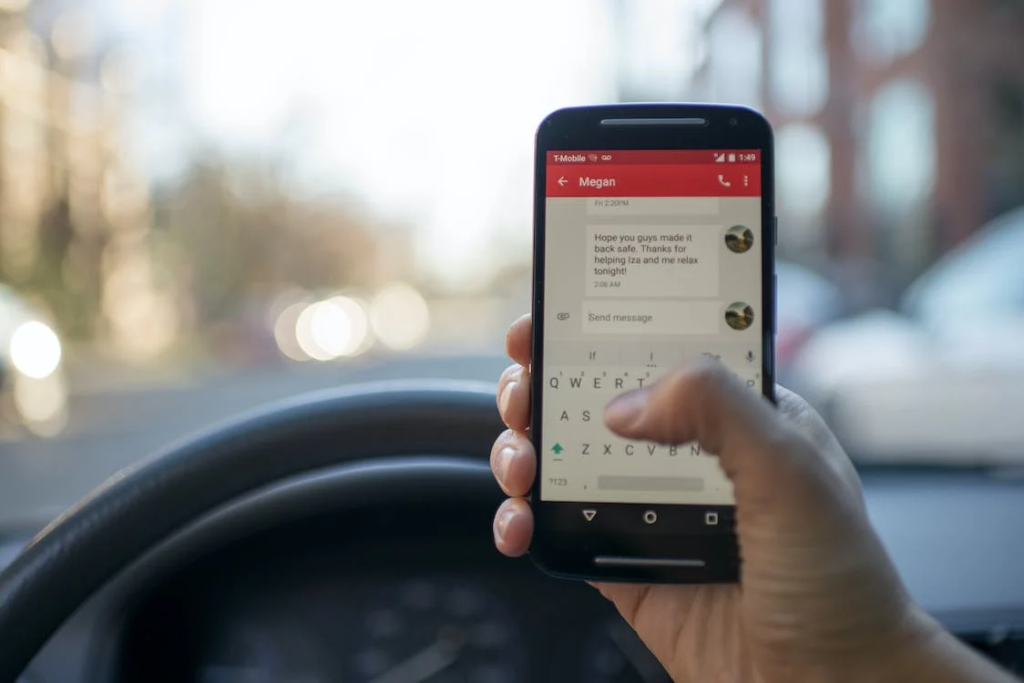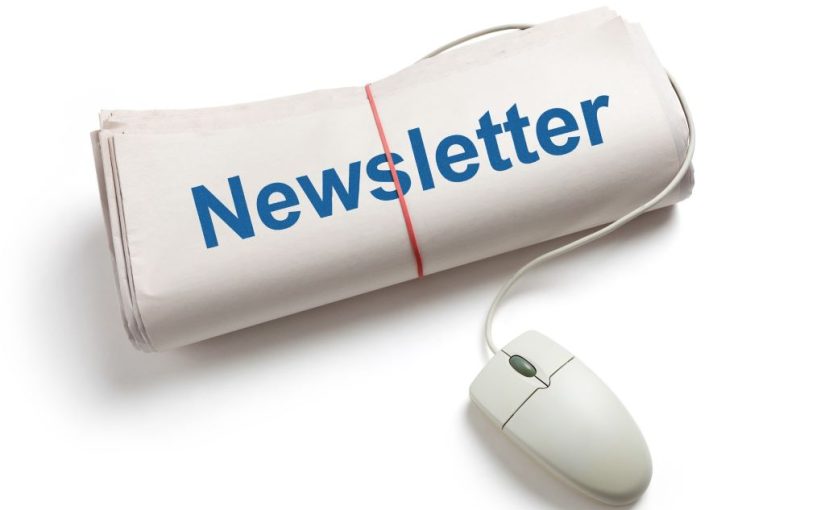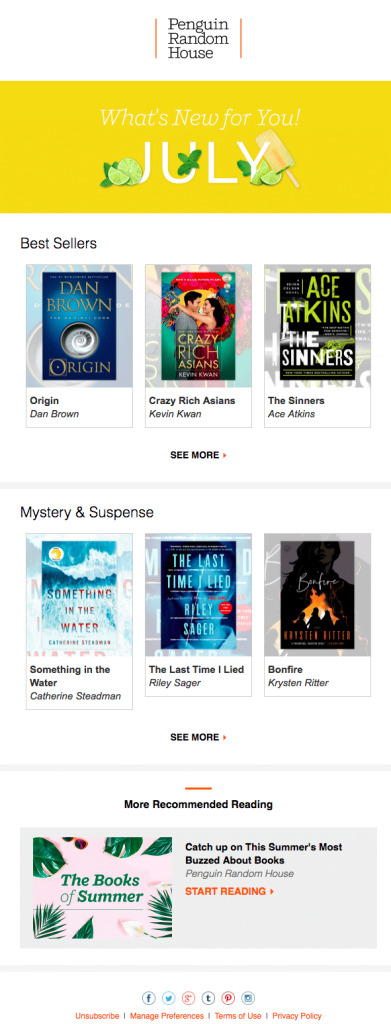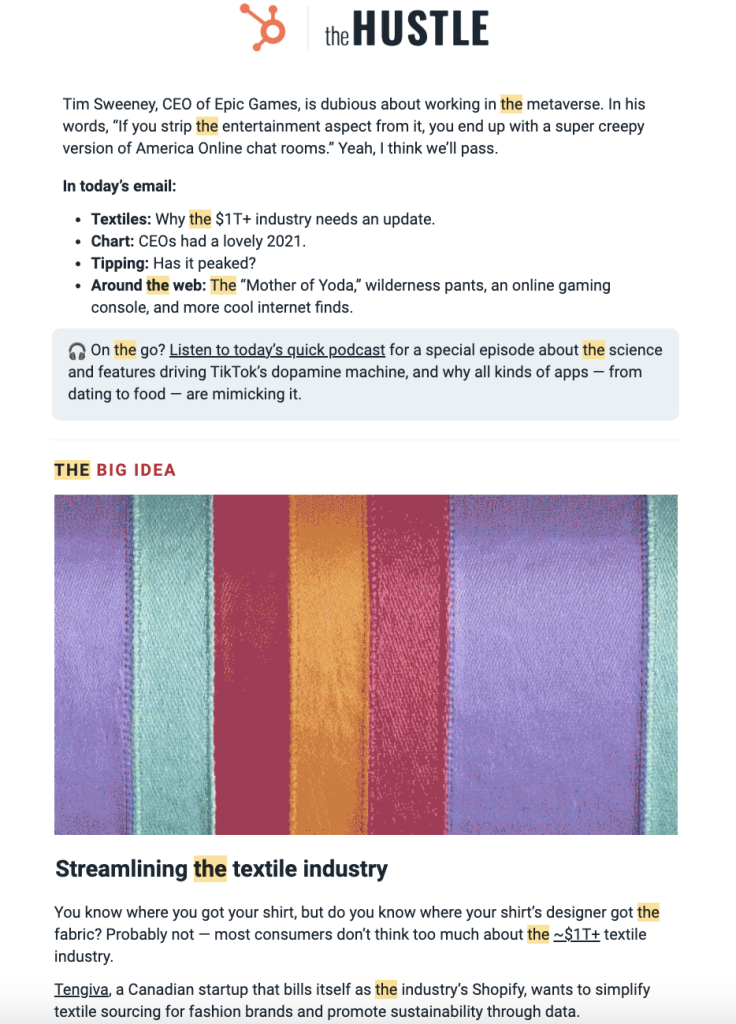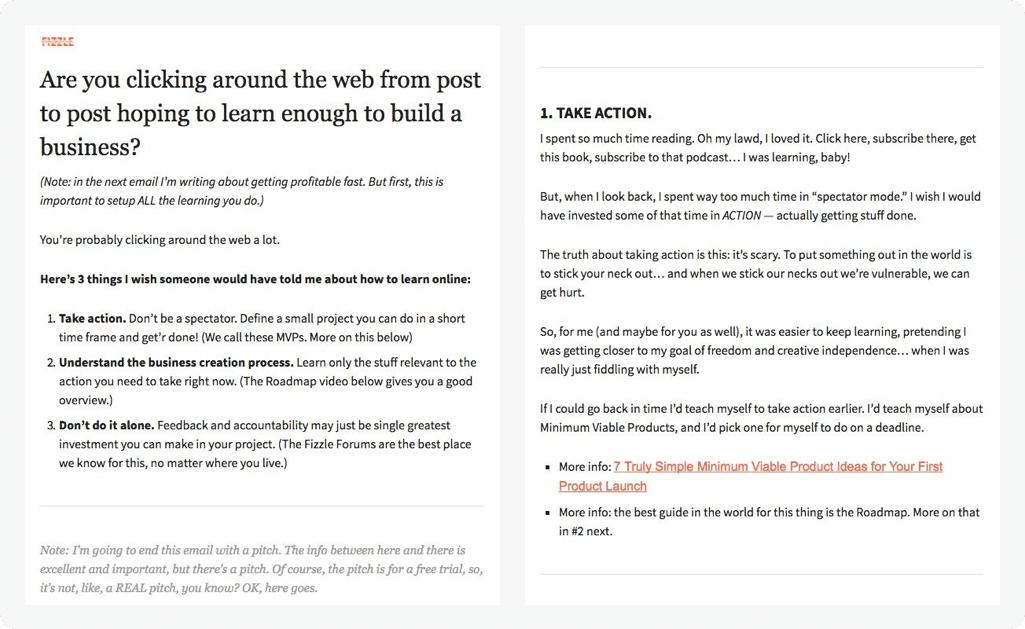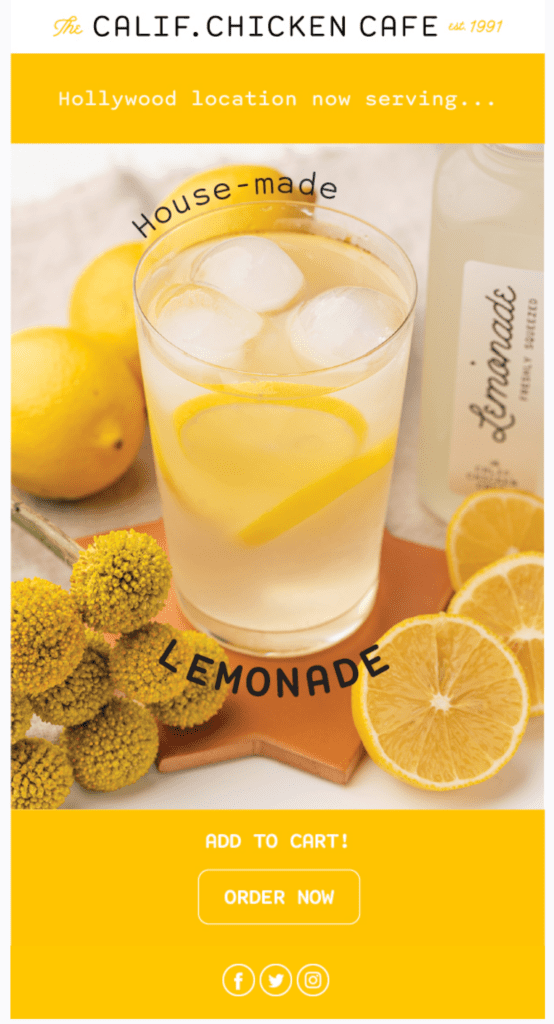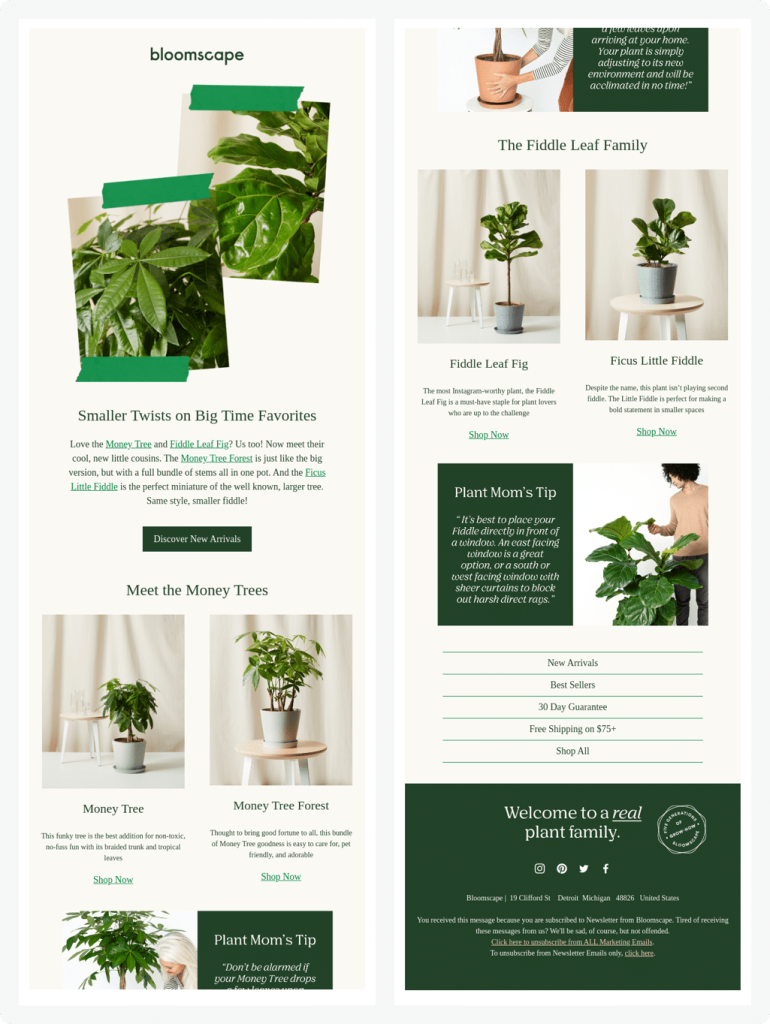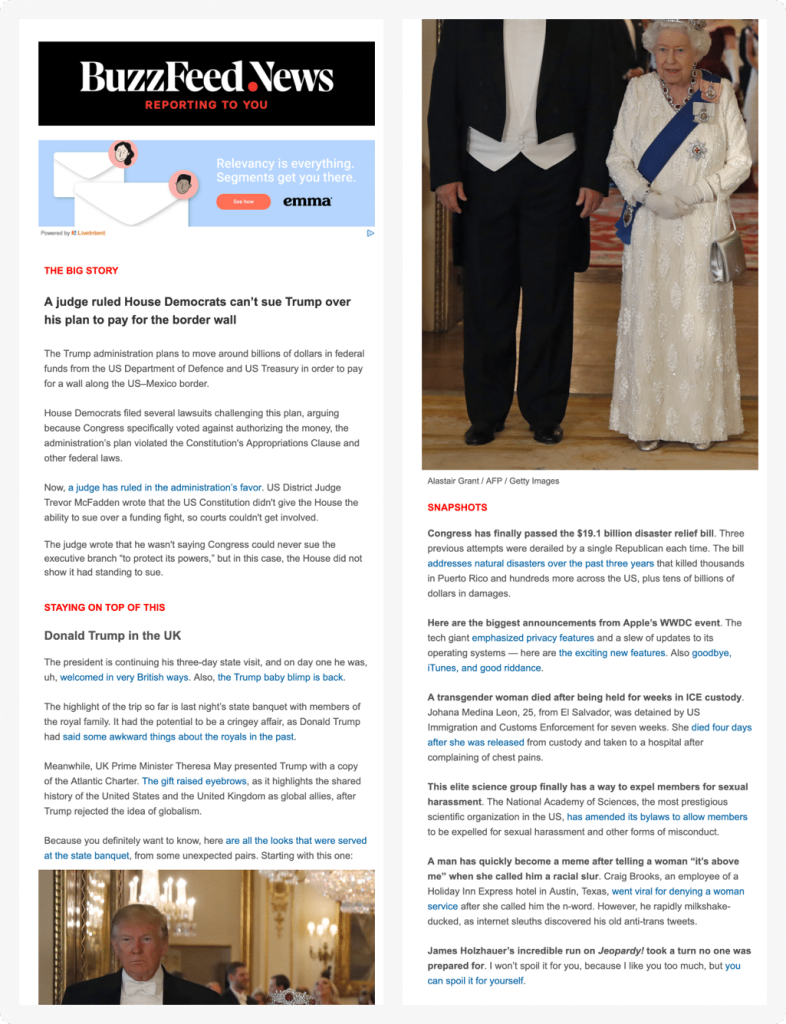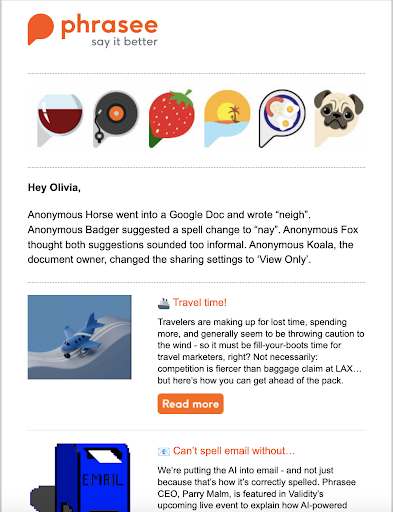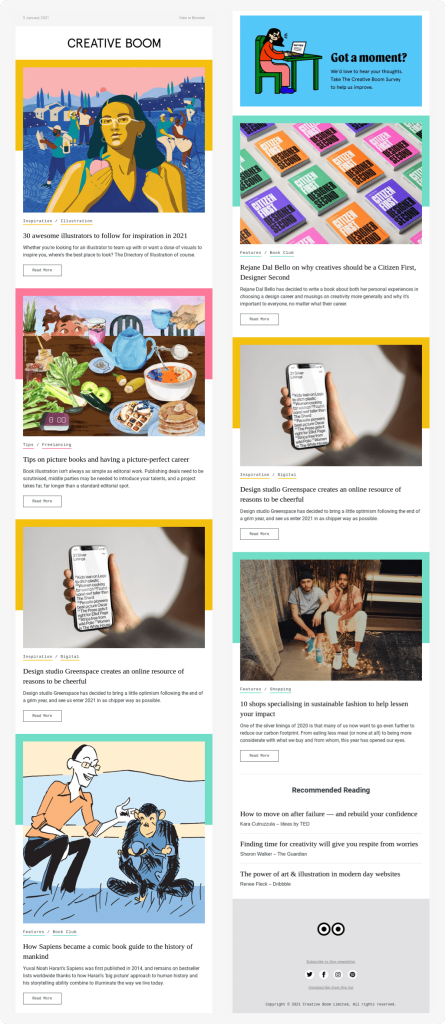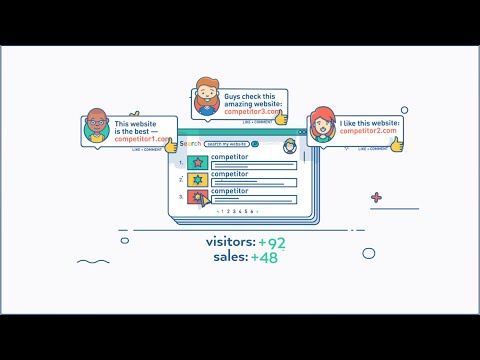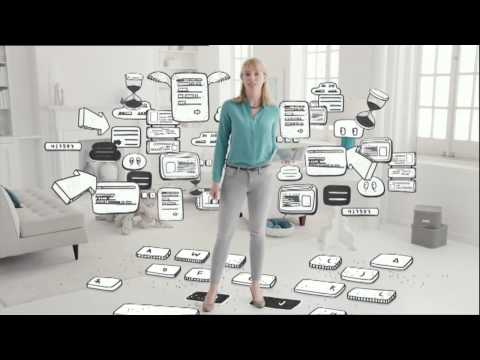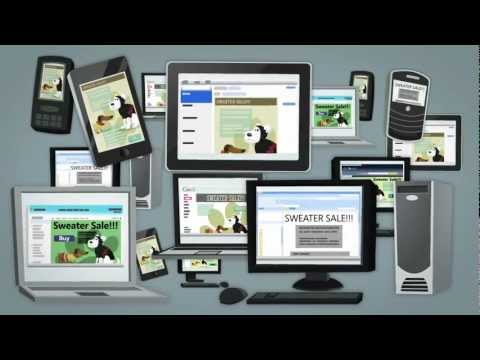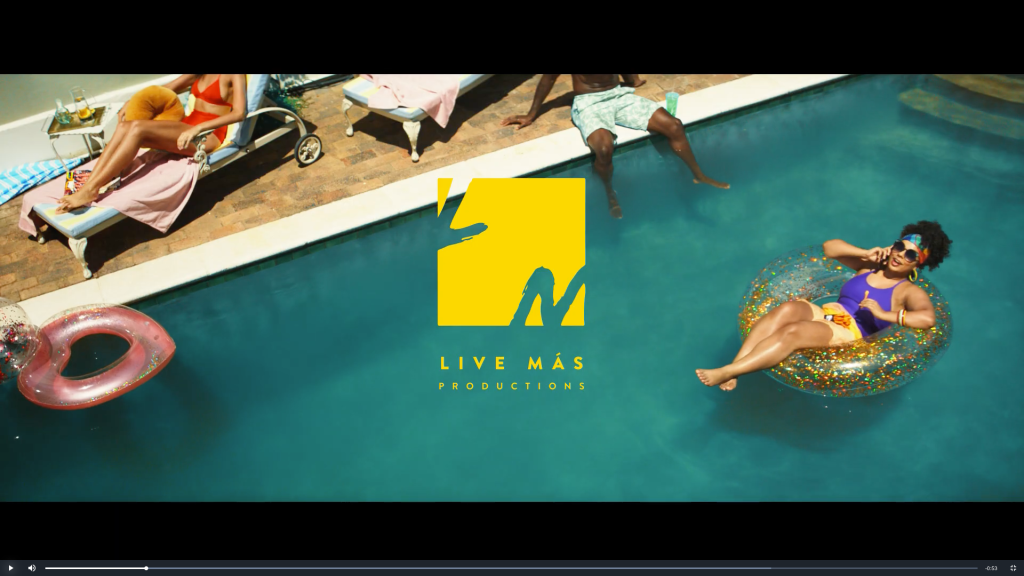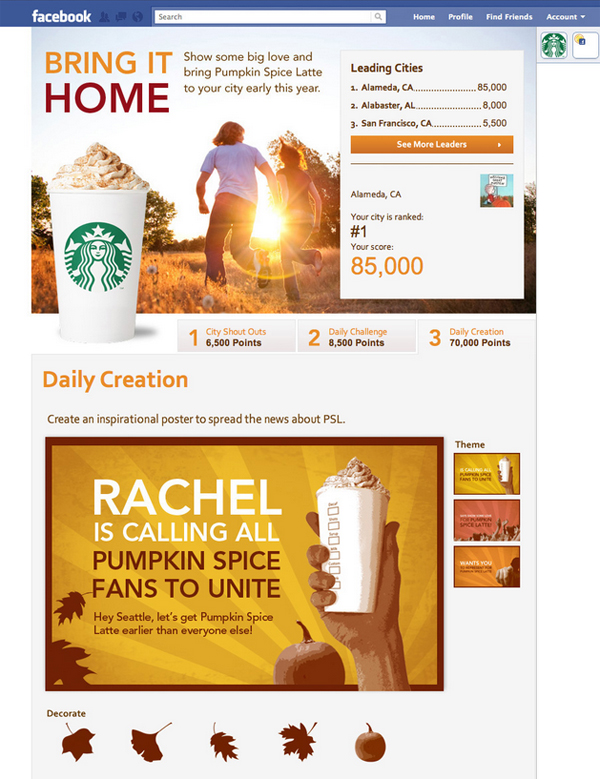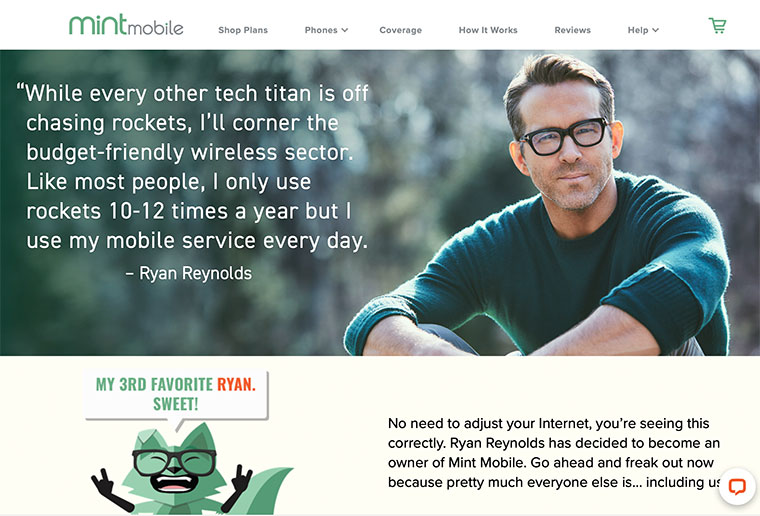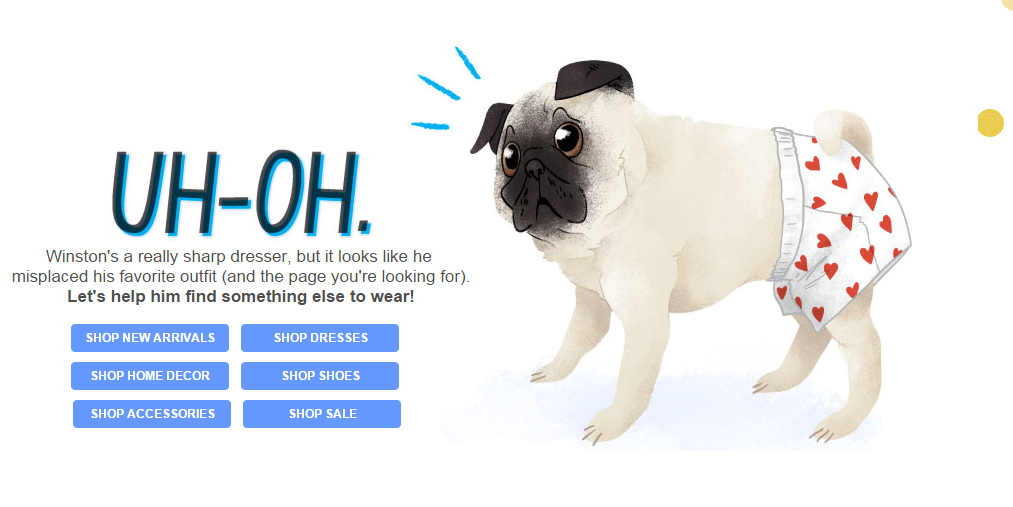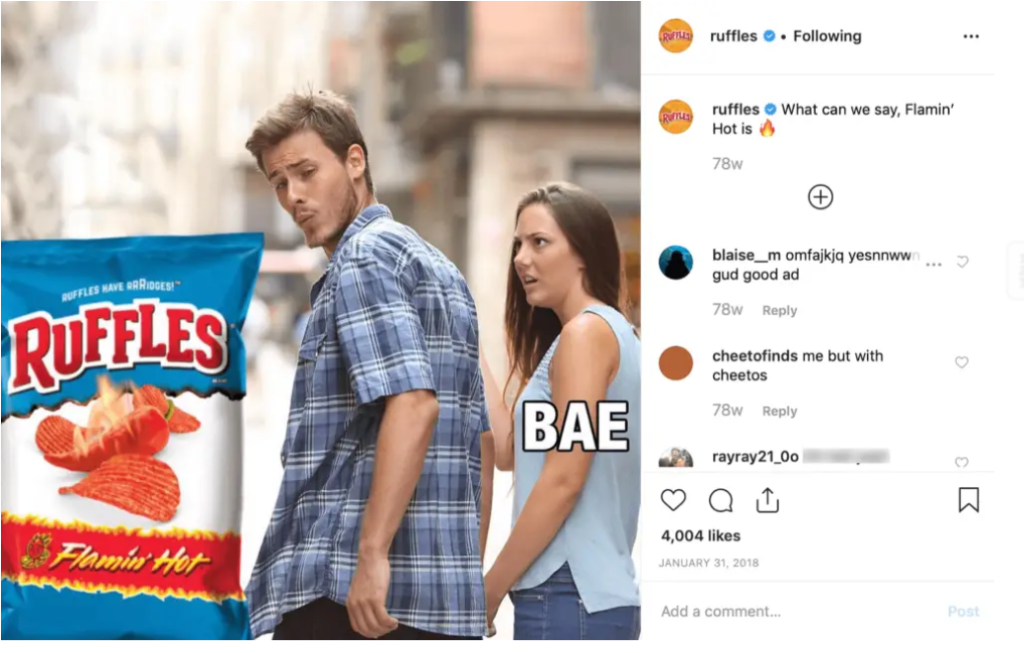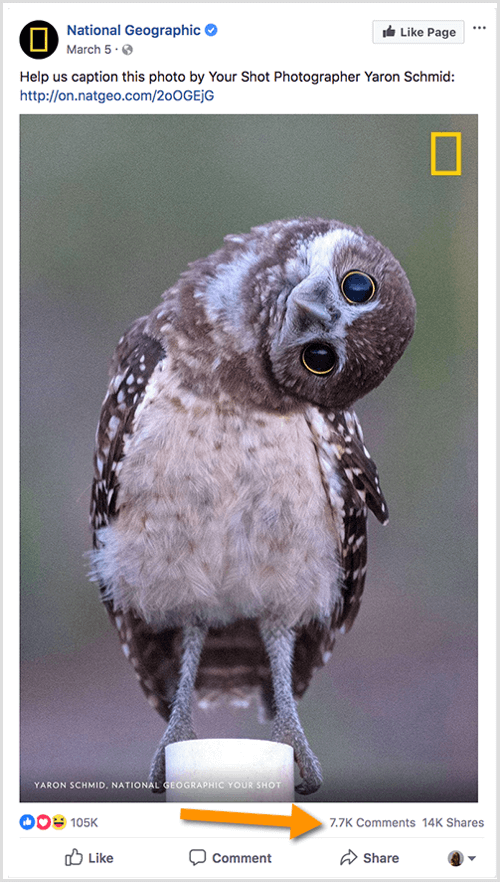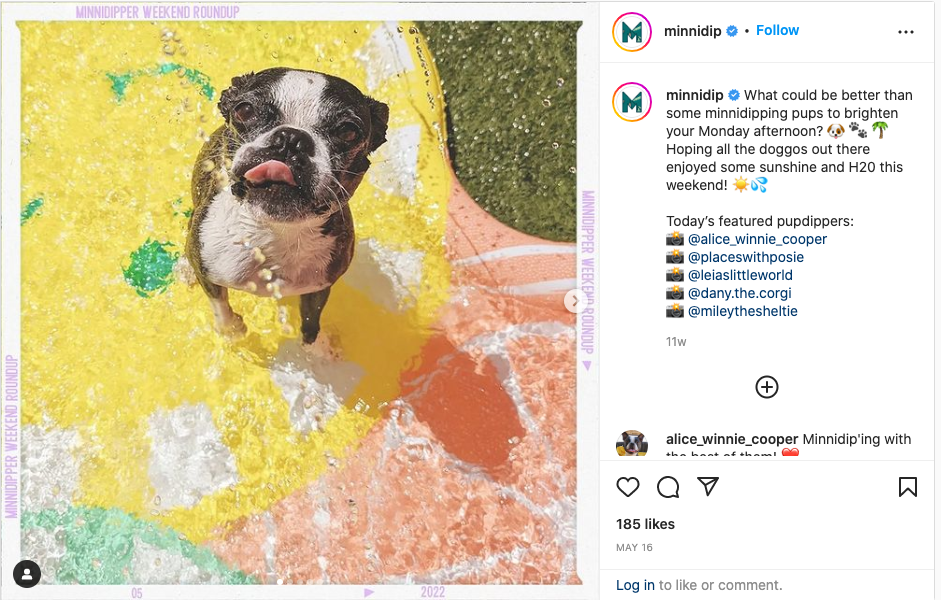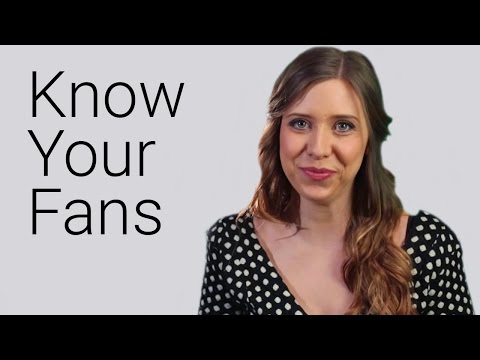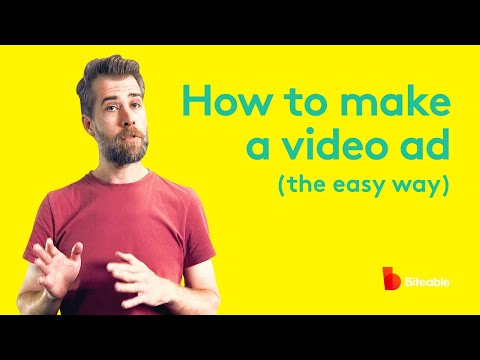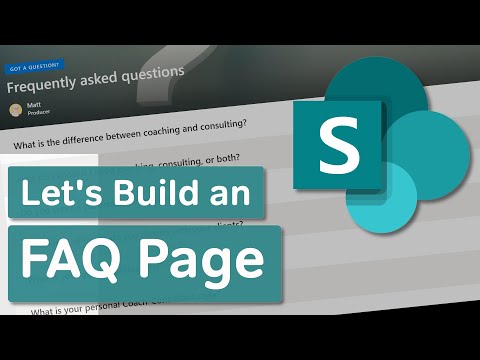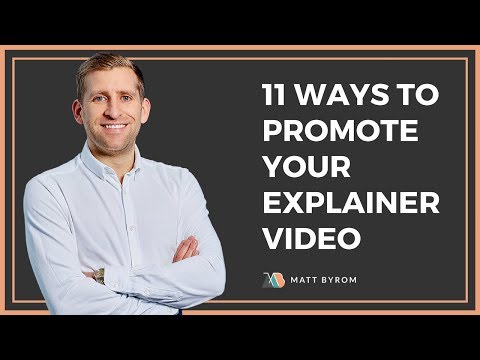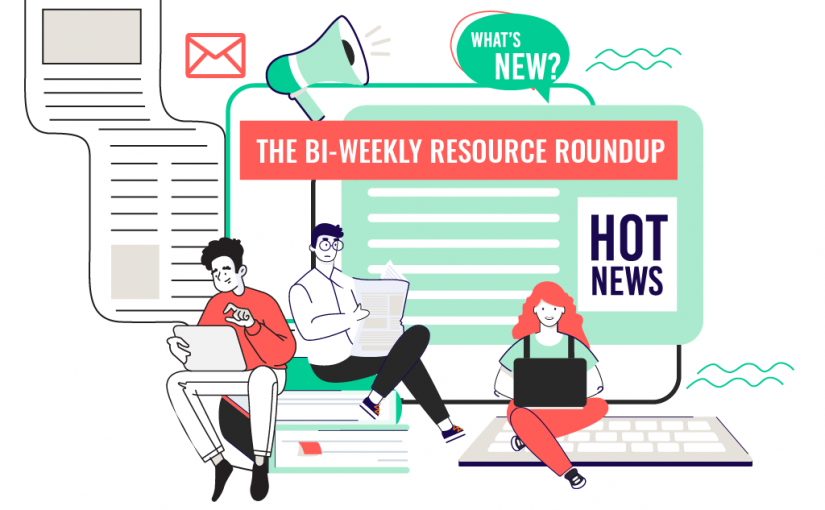The first session of the Finch and Flocksy Webinar series, Creativity Meets eCommerce Strategy, is complete! With over 90 registrants, we had attendees from across multiple industries and more than ten countries!
Expert panelists teamed up on August 22nd to tackle one of the most critical aspects of eCommerce growth: collaboration. Speakers like Flocksy CMO, George Ryan and Fireside Founder, Drew Himel discussed how a well-coordinated team effort can create a seamless, positive customer experience from start to finish.
“Understanding the emotional triggers at each touchpoint can significantly impact consumer behavior,” George said. “We focus on identifying these triggers and tailoring our messaging and design to connect with the customer on a deeper level, driving more meaningful engagement.”
Mike Mardis, a marketing consultant with Finch, moderated the webinar. Discussing various stops on the customer journey, he emphasized the importance of ensuring equal effort in every area.
“Any one of these touchpoints could be the one that’s kicking people out,” Mardis said. “All of these are very important. In order to make them work, you have to get input from all over your organization.”
Scott Brandley, founder and CEO of Shopper Approved, shared his insights into crafting your company’s customer journey. He said customer retention and loyalty can be the most cost-effective steps, especially compared to acquiring new customers.
Reviews and social proof, when properly levied by businesses, can be powerful tools to inspire this loyalty. He recommended ensuring that reviews and testimonials are consistent across a business’s web presence.
“Show your social proof on the website,” he said. “They say, ‘I saw it on their review pages, and I’m seeing it again on the website. I’m in the right place.’”
Himel said his company uses several apps to reward its loyal customers with incentives and bonuses, which leads to customers ultimately spending more money with them.
“It’s so expensive to get customers, so taking care of them is a ‘two birds, one stone’ type of thing.
Himel recommended eCommerce businesses’ first steps should be to lay a solid foundation across all aspects of their customer journey and in all departments, including sales. The next step, he said, was to find a couple of critical areas to focus on and look for improvements in those areas.
Sarah Fitzgerald, head of marketing at Flocksy, said customers no longer want a strictly transactional experience with brands. They prefer to know they’re spending their money with real people who care about them.
In response, she has crafted Flocksy’s social media to feature more personalized content, including how-to videos from creatives, free resources, and best practices for Flocksy clients, from Flocksy clients.
“We’re fostering more of a relationship among those we call our Flock,” she said. “It’s a community of creatives who want to grow together and learn from each other.”
Key Takeaways:
- Collaboration is Key: When marketing, sales, and customer service work together, the customer journey can be dramatically enhanced. By aligning goals and communication, teams can ensure that every touchpoint with the customer adds value.
- Optimizing Critical Touchpoints: Identifying and smoothing out friction points in the customer journey is essential for boosting satisfaction and reducing churn. A healthy journey is proactive, addressing potential issues before they become barriers.
- Actionable Strategies: Attendees walked away with practical tips on improving customer acquisition and retention through better teamwork. From streamlining processes to focusing on retargeting, these strategies are designed to make every step of the journey count.
Ready to turn your customer journey into a winning strategy? Stay tuned for more insights in our upcoming webinars! To register for the next webinar on August 29, click here: https://flocksy.com/webinar/?blog1.
About Finch and Flocksy:
Finch specializes in crafting killer marketing strategies that remove friction from the customer journey, using the right people, processes, and technology. Since 2016, Flocksy has been the most affordable unlimited marketing materials platform, helping brands create high-quality, on-brand content that captivates audiences and drives real results. Together, we empower businesses and agencies to achieve growth by blending expertise, creativity, and seamless collaboration.

